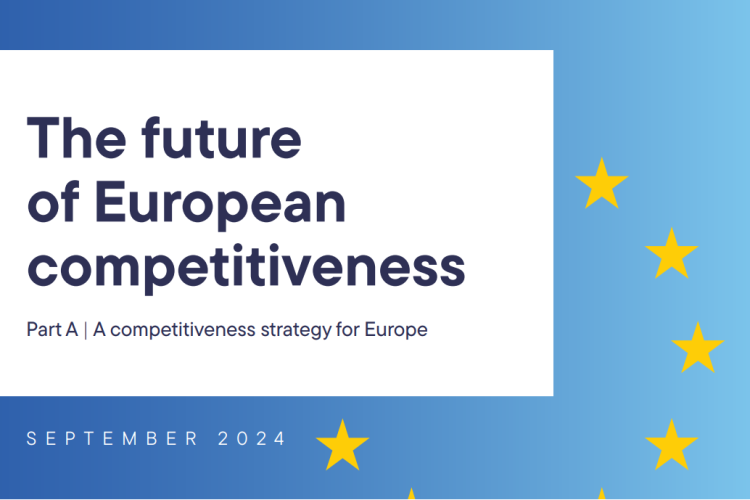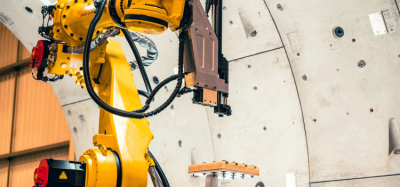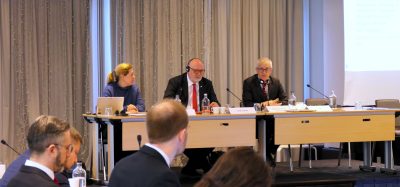UNIFE hopes €3bn R&I investment to protect European rail’s strategic autonomy
Posted: 8 April 2025 | Elizabeth Jordan - Global Railway Review | No comments yet
UNIFE has expressed their belief that investing €3 billion in a dedicated Rail Research Programme in the next EU Budget will help develop technologies to keep the European rail supply industry number one in the world, amid the global race to challenge its position.


UNIFE Director General Enno Wiebe has announced the opportunity for European policymakers to bet on a successful and strategic asset, while also ensuring European citizens and businesses will benefit from rail tech which transforms how they travel and move goods across the EU.
This includes investing €3 billion in future rail research to establish the successor of the Europe´s Rail Joint Undertaking, in the next European Research Framework Programme (FP10 or equivalent), as part of the European Commission’s forthcoming proposals on the next Multiannual Financial Framework.
The focus would include developing new technologies, while also building upon innovative solutions currently under Europe´s Rail Joint Undertaking developed such as the European Rail Traffic Management System (ERTMS), Future Railway Mobile Communications System (FRMCS) and the Digital Automatic Coupling (DAC).
These technologies will improve services for passengers and goods, make the European rail network more reliable , while providing a pathway to increasing cross-border travel and driving a freight modal shift from trucks to rail. Further to this, enhancing European rail capabilities through better technology will also provide protection as global supply chains remain under significant strain.
European rail products and technologies are still considered the global standard when it comes to both quality and safety. With increasing geopolitical risks and the defensive capabilities of European rail infrastructure, ensuring the best technology in the world remains produced by European companies is vital.
On top of this research and innovation program, UNIFE will call for and suggest a corresponding pre-deployment plan. This will include a pathway to enable these top-of-the-line technologies – such as FRMCS, DAC, ATO (Automatic Train Operation) or ERTMS – and ensure they are deployed on more rail networks across the EU.
These technologies were developed in the previous rail Joint Undertaking ‘Shift2Rail’, and reached a more mature level during the current format of Europe´s Rail Joint Undertaking. They are also mentioned in the Draghi Report on EU Competitiveness as a means to making the EU economy more productive.
Rolling out these technologies are vital to not only the viability of a future High Speed Rail plan between European capitals, but also achieving the Single European Railway Area (SERA) and ensuring the completion of the Trans-European Transport Network (TEN-T).
Investment in this technology is also key as part of achieving Europe’s climate neutrality targets by 2050, which includes a targeted 90% reduction in European transport GHG emissions.
UNIFE Director General Enno Wiebe also commented on the attitude to innovation, safety and the development of new technologies in European rail: “We are ahead – but we need to stay ahead. European rail technology lives up to quality and safety standards, and with the role rail plays as critical infrastructure, we need to ensure leading technologies are developed by European-based companies and implemented worldwide.”
“We are a strategic asset, and an industry with a trade surplus for the European Union. Many have spoken a big game about making European industry more innovative, and we’ve got a ready-to-go plan to make this happen.”
“The focus would include developing new technologies, while also building upon innovative solutions currently under Europe´s Rail Joint Undertaking developed such as the European Rail Traffic Management System (ERTMS), Future Railway Mobile Communications System (FRMCS) and the Digital Automatic Coupling (DAC).”
Related topics
Funding & Finance, Regulation & Legislation, The Supply Chain, The Workforce








